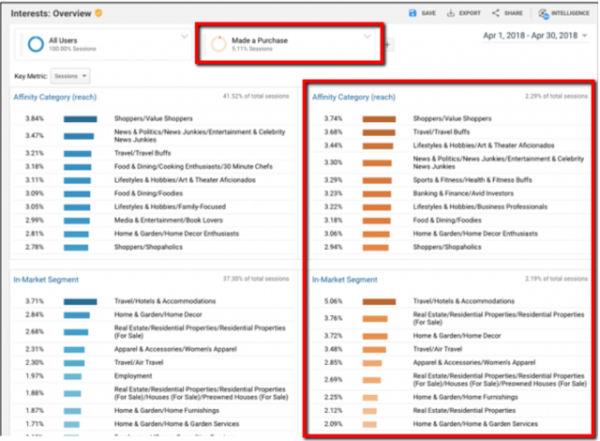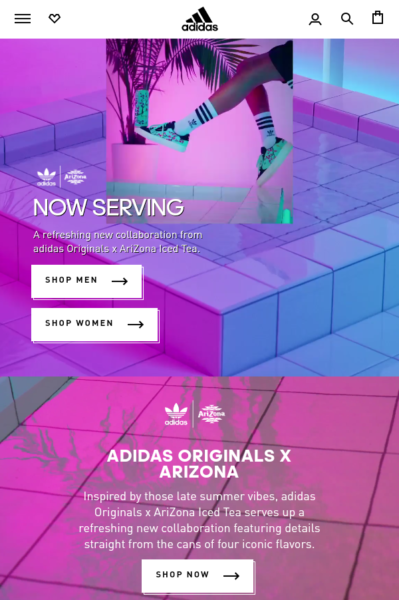Helen Keller famously said, “Alone we can do so little; together we can do so much.” Though the phrase is often used to encourage team unity, especially in athletics, its meaning applies to marketing and business, too. Collaboration marketing, also known as co-branding or co-marketing, is a prime example of this principle.

What is collaboration marketing?
Collaboration marketing combines two or more people, marketing teams, or brands to reach a shared marketing goal.
As they join forces, these brands capitalize on the loyalty of their pre-existing customers in an attempt to get them to buy a good or service from another brand they may not have otherwise patronized.
An example of this phenomenon done well includes the courtship of Hello Kitty and McDonald’s in 2000. The international fast-food chain sold limited-edition Hello Kitty plushies with select meals. The public’s response to this collaboration in Singapore alone was so overwhelming that police officers had to be present at select restaurants to monitor and control the crowds.
A modern example of collaboration marketing tactics is Taylor Swift’s star-studded “Bad Blood” music video. Featuring Kendrick Lamar, with appearances by big names like Selena Gomez and Cindy Crawford, the less-than-10-minute video shattered Vevo’s pre-existing record with an impressive 20.1 million views in the first 24 hours of its release.
Benefits of collaboration marketing
When two entities combine ideas, tools, and resources for a project or campaign, both reap the rewards, which include:
- Reaching new audiences and increasing brand awareness
- Creating more engaging and creative campaigns
- Leveraging impact across multiple channels
Finding good opportunities for collaboration marketing
As a brand or company owner, you can’t simply select a potential co-branding partner at random. Use the following tips to help you settle on a brand that would be a good match for your next marketing campaign.
See what your audience likes
Because not every partnership is destined to be a match made in marketing heaven, brands must have a few things in common, including overlap in audience.
Take the Hello Kitty and McDonald’s collaboration, for example. At the time of the marketing campaign, Hello Kitty held the coveted spot of top-grossing media character in Japan, with her popularity quickly spreading to other countries. In terms of products sold, the golden-arched empire doesn’t have much in common with the plush toy brand, but in terms of demographics — primarily young children — the two are on the same page.
Survey your audience to find out what kinds of products, brands, and businesses a large percentage of them are interested in.
Some social media analytics services have built-in audience insight tools. These show you exactly what your audience is already engaged with and give you a fairly large pool of potential collaborations to consider.

Perusing product recommendations on ecommerce sites like Amazon, for example, is another means of determining what is currently popular. This helps you gauge the general public’s interest, not just what your target audience likes. Therefore, a collaboration with a large retailer’s top-selling brand creates an opportunity to reach a new audience.
Engage with peers
Your existing network is another excellent place to search for potential collaborations.
Though those in your network may not be in the same industry, your already-established relationship makes it easier to find areas where your reach and audience overlap. Plus, mutual familiarity with each other’s brands and work increases the likelihood of a successful collaboration marketing relationship.
Making a collaboration marketing strategy
Every good collaboration has a good marketing strategy. Here’s how to make collaboration marketing work for you and your partner.
Make a proposal
After finding a brand, business, or team to collaborate with, you must write a co-branding proposal.
Begin by introducing yourself and your brand, and explain what the two brands have in common and how they could complement each other.
Then, you’ll need to articulate your vision for the collaboration. What is the purpose of this partnership? Who is the target audience? How will the proposed product or service be marketed and sold, and how does each brand benefit?
You must be as specific as possible as you answer these and any other questions that may be relevant. This decreases the likelihood of misunderstandings or miscommunications occurring later.
Once the terms and theme of the collaboration have been proposed, the labor must be divided.
Play to your strengths
In any successful co-branding relationship, both parties must play to their strengths. Consider the merging of baking giant Betty Crocker and iconic chocolate producer Hershey’s. Betty Crocker provided the baking expertise, and Hershey’s supplied the chocolate, never overlapping.
The point of collaboration marketing is to combine each brand’s own strengths, not attempt to take on each other’s. Your best chances for co-branding success occur when the parties split the workload based on what they each bring to the table.
Set a timeline
Finally, present a clear and realistic timeline for the partnership, including how long it will take for the product, campaign, or project to be developed and how long you expect the collaboration to go on.
Come to an agreement
When all of the above logistics have been discussed, draw up a collaboration marketing agreement. This should be just as detailed as your proposal, if not more, and legal counsel should be involved at this step of the process. Include the terms, theme, and timeline you and your new marketing partner have agreed upon, licensing provisions that protect each brand’s logos, the financial obligation of each party, and termination clauses.
Collaboration marketing tips
Here are a few tips to keep in mind while pursuing collaboration marketing relationships:
- Seek to work with industry leaders. The large audience of a leading or quickly growing entity means the result of the collaboration reaches more eyes and ultimately earns a more extensive response. This matters, as exposure and action are the goals of a good marketing campaign.
- Find brands with similar values. Overlapping audiences, while important, aren’t enough to produce a successful co-branding relationship. Brands should operate under similar goals and values. Each brand’s existing customers are already aligned with their values, and if the result of the co-brand holds to those beliefs, they will be more likely to be supportive.
- Look for opportunities to think outside the box. Though the company or brand you seek to work with should share similar values, it doesn’t have to be in the same industry. Unexpected brand collaborations have proven to do extremely well. Take Arizona tea and Adidas, for instance. Despite selling vastly different products, this marketing merger was such a success that police had to shut down an Adidas x Arizona pop-up event — the crowd gathered outside the store was so large, it posed a safety concern.

Brainstorm your collaboration marketing strategy
Though you’ve now seen plenty of examples of effective co-branding partnerships, there are still countless collaboration marketing success stories to be told. This can only mean one thing: Everything is better together, even marketing.
Dip your toes into the collaboration marketing pool by researching a few brands or companies that could be potential partners. When you land upon a good fit, begin drafting your proposal. Soon enough, you’ll be launching a noteworthy collaborative product launch or social media marketing campaign of your own.




